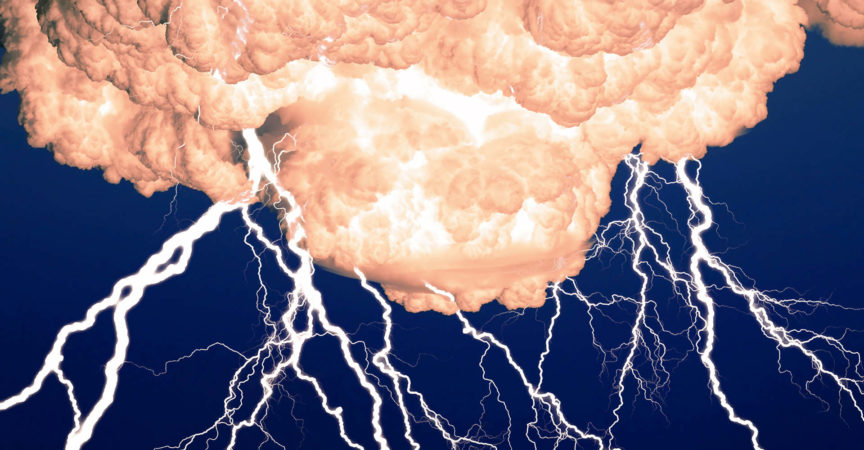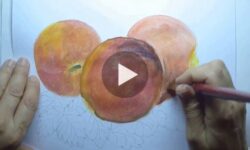Advanced Photoshop Blending, Masking, and Compositing with Deke McClelland
Release date:2011, November 28
Duration:04 h 03 m
Author:Deke McClelland
Skill level:Intermediate
Language:English
Exercise files:Yes
Advanced Blending is the second installment in Deke McClelland’s series on making photorealistic compositions in Photoshop. The course explores blending options and shows how to use them to create sophisticated effects and seamless compositions, often without masking. Beginning with the basics of blending layered images, the course sheds light on the formulas behind the Photoshop blend modes and shows how to comp scanned line art, create double-exposure effects, correct skin tones, and work with the luminance sliders.
Topics include:
Assembling dynamic Dissolve effects
Filling and stroking with Behind and Clear
Cleaning up and compositing scanned line art
Understanding the darken, lighten, and contrast modes
Refining a mask with Multiply and Screen
Creating a glowing, soft-focus effect
Blending images with textures
Comparing two seemingly identical images
Creating type that inverts everything behind it
Colorizing artwork with layers
Achieving greater control with the Blend If option





 Channel
Channel





